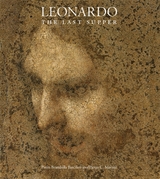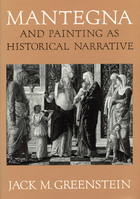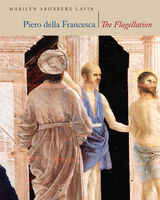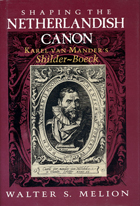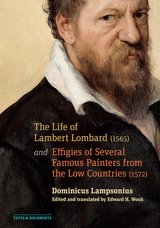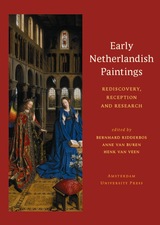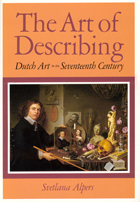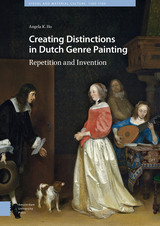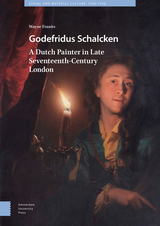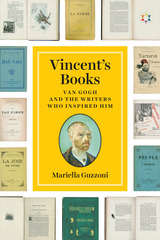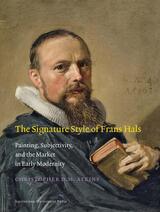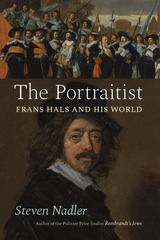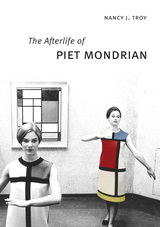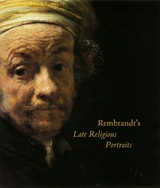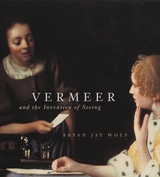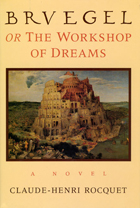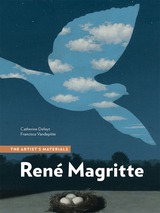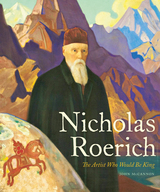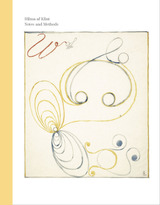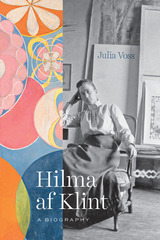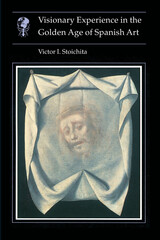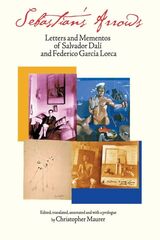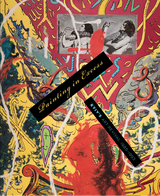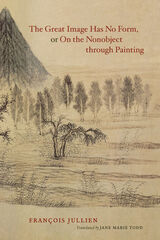Artifice and Illusion: The Art and Writing of Samuel van Hoogstraten
University of Chicago Press, 1995
Cloth: 978-0-226-07785-7
Library of Congress Classification ND653.H79B78 1995
Dewey Decimal Classification 759.9492
Cloth: 978-0-226-07785-7
Library of Congress Classification ND653.H79B78 1995
Dewey Decimal Classification 759.9492
ABOUT THIS BOOK | TOC
ABOUT THIS BOOK
Samuel van Hoogstraten is familiar to scholars of Dutch art as a talented pupil and early critic of Rembrandt, and as the author of a major Dutch painting treatise. In this book, Celeste Brusati looks at the art, writing, and career of this multi-faceted artist.
Analyzing van Hoogstraten's painting treatise, illusionistic pictures, ingenious perspective boxes, and witty trompe-l'oeil images, Brusati reveals the crucial role these endeavors played in the forging of van Hoogstraten's professional and social identity. Brusati looks at the historical circumstances of van Hoogstraten's career, which he fashioned from a convergence of Dutch cultural practices, family genealogy, and his considerable entrepreneurial acumen. She shows how Van Hoogstraten exploited the court patronage system to secure the worth of his work in the newer market culture of the Dutch Republic.
Brusati explores Van Hoogstraten's use of illusionistic artifice in his art and writing to shed new light on the much-disputed nature of Dutch "realism", and she discusses how a notion of "experimental artistry", which linked representational craft to the production of knowledge, informed Van Hoogstraten's many projects and framed the terms within which he and his colleagues understood artistic achievement during this period.
Analyzing van Hoogstraten's painting treatise, illusionistic pictures, ingenious perspective boxes, and witty trompe-l'oeil images, Brusati reveals the crucial role these endeavors played in the forging of van Hoogstraten's professional and social identity. Brusati looks at the historical circumstances of van Hoogstraten's career, which he fashioned from a convergence of Dutch cultural practices, family genealogy, and his considerable entrepreneurial acumen. She shows how Van Hoogstraten exploited the court patronage system to secure the worth of his work in the newer market culture of the Dutch Republic.
Brusati explores Van Hoogstraten's use of illusionistic artifice in his art and writing to shed new light on the much-disputed nature of Dutch "realism", and she discusses how a notion of "experimental artistry", which linked representational craft to the production of knowledge, informed Van Hoogstraten's many projects and framed the terms within which he and his colleagues understood artistic achievement during this period.
See other books on: Artifice | Illusion | Individual Artists | Netherlands | Trompe l'oeil painting
See other titles from University of Chicago Press

